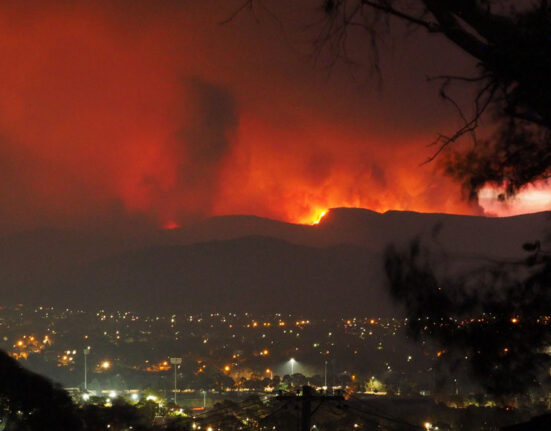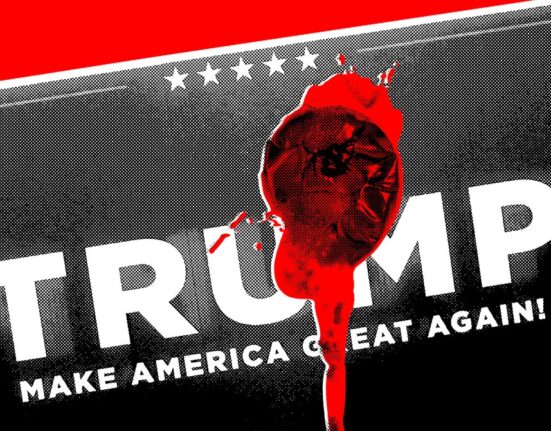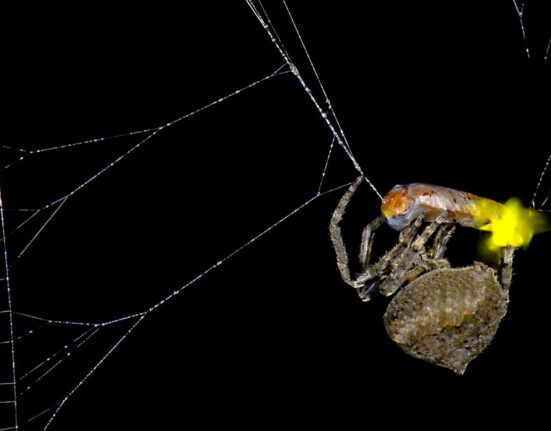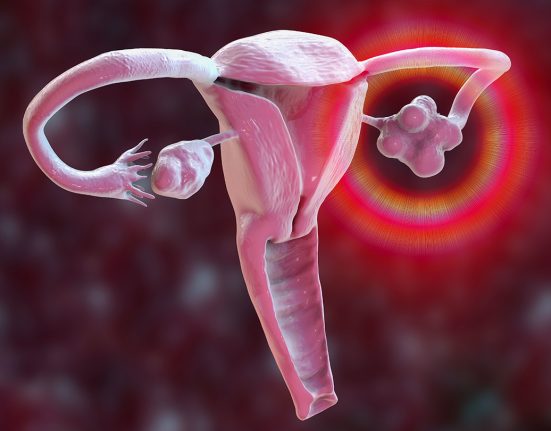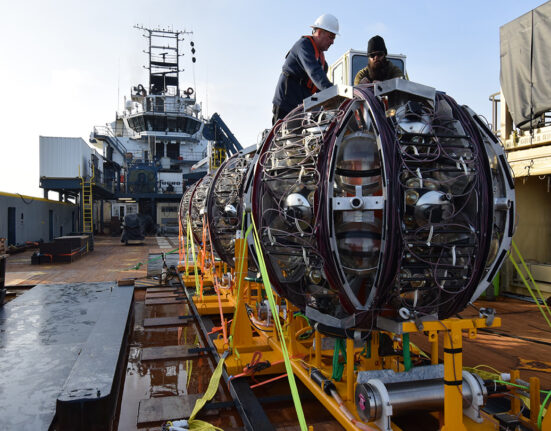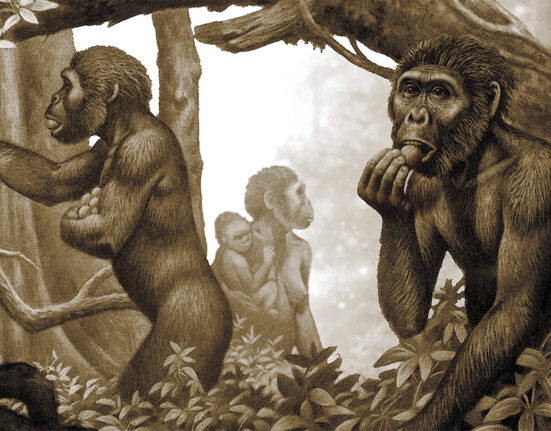atom: The basic unit of a chemical element. Atoms are made up of a dense nucleus that contains positively charged protons and uncharged neutrons. The nucleus is orbited by a cloud of negatively charged electrons.
bond: (in chemistry) A semi-permanent attachment between atoms — or groups of atoms — in a molecule. It’s formed by an attractive force between the participating atoms. Once bonded, the atoms will work as a unit. To separate the component atoms, energy must be supplied to the molecule as heat or some other type of radiation.
carbon: A chemical element that is the physical basis of all life on Earth. Carbon exists freely as graphite and diamond. It is an important part of coal, limestone and petroleum, and is capable of self-bonding, chemically, to form an enormous number of chemically, biologically and commercially important molecules. (in climate studies) The term carbon sometimes will be used almost interchangeably with carbon dioxide to connote the potential impacts that some action, product, policy or process may have on long-term atmospheric warming.
cell: (in biology) The smallest structural and functional unit of an organism. Typically too small to see with the unaided eye, it consists of a watery fluid surrounded by a membrane or wall. Depending on their size, animals are made of anywhere from thousands to trillions of cells. Most organisms, such as yeasts, molds, bacteria and some algae, are composed of only one cell.
chemical: A substance formed from two or more atoms that unite (bond) in a fixed proportion and structure. For example, water is a chemical made when two hydrogen atoms bond to one oxygen atom. Its chemical formula is H2O. Chemical also can be an adjective to describe properties of materials that are the result of various reactions between different compounds.
environment: The sum of all of the things that exist around some organism or the process and the condition those things create. Environment may refer to the weather and ecosystem in which some animal lives, or, perhaps, the temperature and humidity (or even the placement of things in the vicinity of an item of interest).
Environmental Protection Agency: (or EPA) A national government agency charged with helping create a cleaner, safer and healthier environment in the United States. Created on Dec. 2, 1970, it reviews data on the possible toxicity of new chemicals (other than foods or drugs, which are regulated by other agencies) before they are approved for sale and use. Where such chemicals may be toxic, it sets limits or guidelines on how much of them may be released into (or allowed to build up in) the air, water or soil.
fluorine: An element first discovered in 1886 by Henri Moissan. It takes its name from the Latin word meaning “to flow.” Very reactive, chemically, this element had little commercial use until World War II, when it was used to help make a nuclear-reactor fuel. Later, it was used as ingredients (fluorocarbons) in refrigerants and aerosol propellants. Most recently, it has found widespread use to make nonstick coatings for frying pans, plumbers’ tape, and waterproof clothing.
model: A simulation of a real-world situation or event (usually using a computer) that has been developed to predict one or more likely outcomes. Or an individual that is meant to display how something would work in or look on others.
PFAS: Short for polyfluoroalkyl substances. Also known as perfluorocarbons and perfluorinated chemicals. These synthetic (human-made) chemicals contain a long chain of linked carbon atoms that act like a backbone from which fluorine atoms dangle (like little legs). They are long-lived chemicals and have the ability to build up in organisms (including people). They have gained widespread industrial use for being stain- and water-repellent and having general non-stick properties. Among the best-known examples is Teflon.
tissue: Made of cells, it is any of the distinct types of materials that make up animals, plants or fungi. Cells within a tissue work as a unit to perform a particular function in living organisms. Different organs of the human body, for instance, often are made from many different types of tissues.





